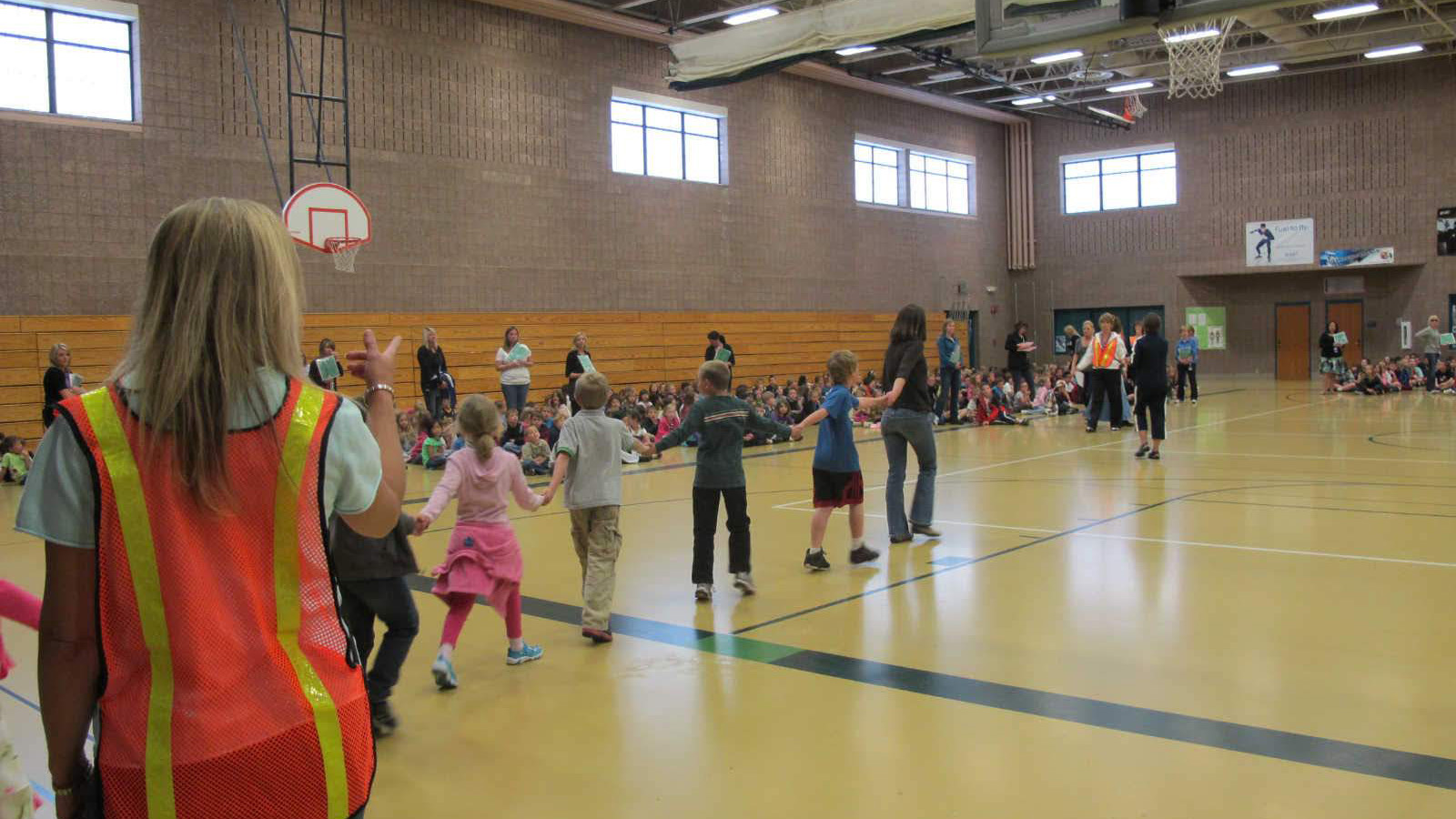Lockdown Drills & Exercises
March 3, 2020 / by The “I Love U Guys” Foundation

When seven-year-old Reichen Posey escaped the shooting at Sandy Hook after seeing his teacher and classmates shot in his first-grade classroom, he didn’t fully act out of instinct. When his mother (and Mission Director for The “I Love U Guys” Foundation) Carly asked him later why he ran the way he did, actually taking a non-direct route to the safety of a nearby firehouse, he simply said it was because that was what they had practiced in fire drills. He knew what to do, and it saved his life.
The concepts of safety drills and exercises are getting lots of attention lately and, surprising to many of us, some shade. We’ve seen and heard many stories like Reichen’s, and we’ve collected the data. So we’d like to shine our light on the shade.
School lockdown drills, active shooter drills, and exercises are not synonymous. Nor are they universally defined, understood and practiced. Here’s the thing. We know they can save lives. We also know they can be scary if they’re not done right. That’s why in The “I Love U Guys” Foundation’s Standard Response Protocol (SRP) we include very specific language to explain what they are and how they should happen in our protocol and training sessions. Not everyone does that. So here are some basics to help you increase safety without adding drama.
Building Muscle Memory and Testing Limits
Let’s look at the definitions and differences between lockdown drills and exercises. The objective of a drill is to build muscle memory and practice an action to use in various events or situations. An active shooter drill is specific to one type of incident. And the learning objective of an exercise is to test capacity and resources across the system. An exercise often includes a description or enactment of an incident.
Let’s dig deeper.
Drills Build Muscle Memory
When it comes to school safety, the idea of a drill is to practice what you’ve learned in training – literally going through the motions. We refer to this as building “muscle memory,” using repetition to train for a quicker and more accurate response with less conscious effort.
One important part of our protocol and training is that drills should always be announced, even if they are not scheduled beforehand. There is no benefit to making it “feel real.” It’s like taking a practice exam. Even though the questions and actual test conditions will be different, just going through the motions and thought process helps prepare students for the real thing.
We’ve all been part of a fire drill either in school or in an office. We’ve practiced what to do, where to go and how to behave. We did not need to light fires in the hallways to practice our response.
Exercises Test Capacity
People often confuse the terms “drills” and “exercises” and some confuse both with realistic simulations. Unlike the drills defined above, exercises test the entire system as if it were really happening. An incident would be simulated, first responders respond, community officials, participate. Creating enough “reality” to work through all aspects. Identifying where there might be missing links in roles, responsibilities and overall capacity to handle the situation if it happens.
Think about theater productions. The cast and crew spend weeks preparing, rehearsing lines, blocking the stage, etc. That’s the drill. Then they have a dress rehearsal in costume, with props, lights, music, and a full run-through, often even with an audience present. That’s the exercise. Everyone involved knows it’s not technically the performance. But the idea is to work out the kinks and be ready for the real thing on opening night.
Science & Stories: Why Safe Drills & Exercises Matter
A 2020 study and related article “Locks, Lights, Out of Sight: Assessing Students’ Perceptions of Emergency Preparedness across Multiple Lockdown Drills” by Jaclyn Schildkraut, Amanda B. Nickerson & Thomas Ristoff, “A primary goal of lockdown drills or similar practices (e.g., evacuation drills) is to develop muscle memory. In practicing the actions that one needs to take in an emergency situation, these skills become second nature, such that during a chaotic episode, one’s body knows exactly how to respond. By continuing to participate in these lockdown drills, it may be helping to improve the general awareness of response strategies, thereby leading students to feel more confident in knowing what to do when faced with various emergency situations.”
According to Dr. Jaclyn Schildkraut, Associate Professor in the Department of Criminal Justice at The State University of New York at Oswego, “once the kids knew what to do and why to do it, they got better at it and reported feeling more prepared. The “why” is important. It grounds the practice and everyone takes it more seriously without the need for a “realistic” simulation. We all have powerful anecdotes that support it, but this significant scientific study backs it up with empirical data. The process makes a difference.”
The practice doesn’t have to be super scary. Even if it makes us think about things we’d rather not think about, it’s still better than not doing it. Like going to the dentist or working out, drills help improve outcomes.
That’s why practice matters so much. Because it saves lives.
Learn more about The “I Love U Guys” Foundation, and follow the conversation on Facebook and Twitter.
Written by The “I Love U Guys” Foundation